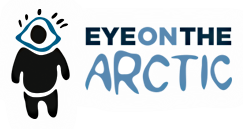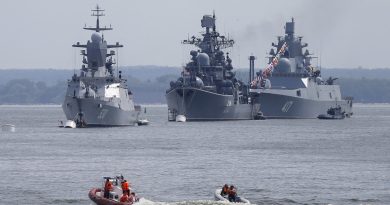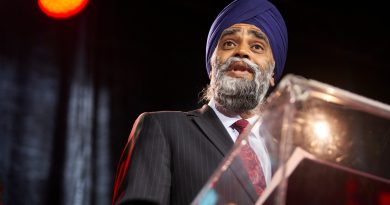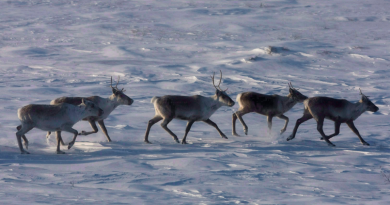Anand says the ‘timeline’ is up for debate as NATO pursues higher defence spending
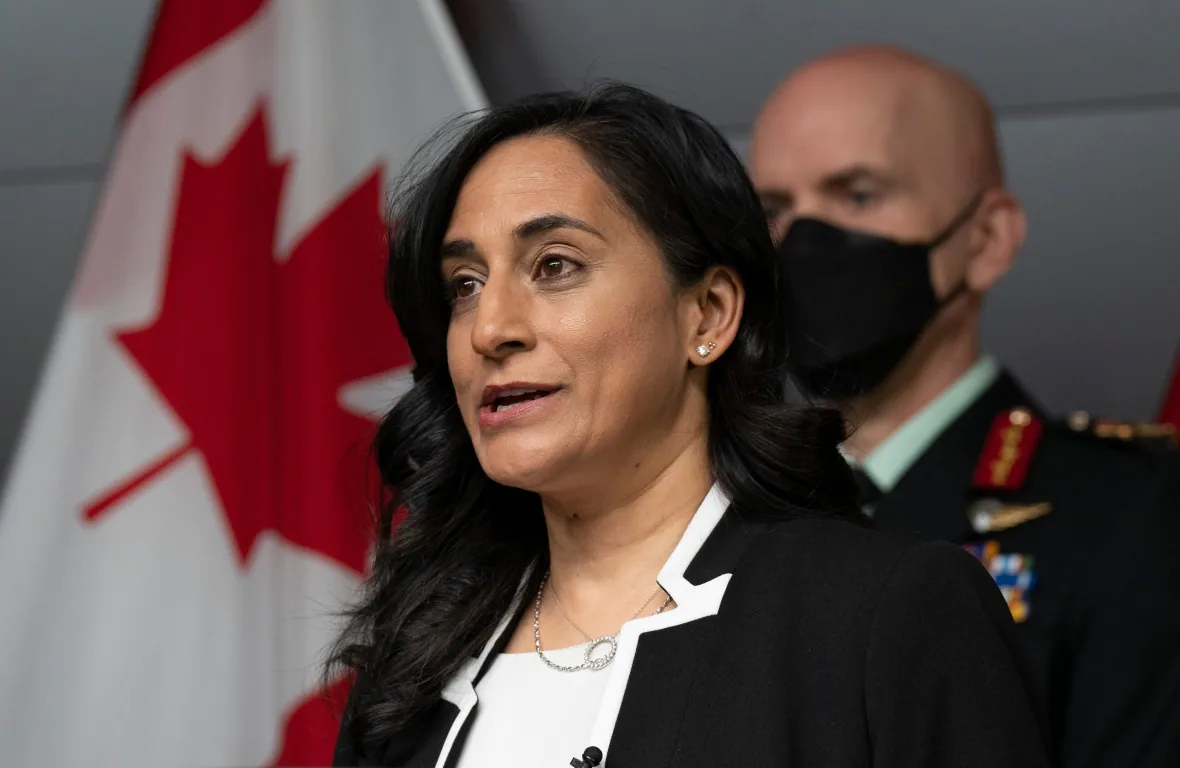
Canada is committed to increasing its defence spending but has questions about the “timeline” for hitting a new, higher NATO spending target, Foreign Affairs Minister Anita Anand said Tuesday, as alliance leaders prepare for their annual summit.
Anand is with Prime Minister Mark Carney in The Hague for the meetings Tuesday and Wednesday, where NATO leaders are expected to decide whether to raise the spending target for alliance members from the current two per cent of GDP to five per cent.
When asked if her government accepts that proposal, Anand would not directly say but said Canada has consistently supported NATO’s spending targets.
“The question, really, is the timeline,” she told reporters in The Hague.
She added some allies have proposed a 2029 deadline for meeting the target.
“We’d like to see steps along the way where there can be a re-examination of whether this is the right approach, augmenting at this rate in terms of domestic spend,” said Anand.
In a call back to reporters in Ottawa Tuesday, Anand said it would be “imprudent” to discuss Canada’s position publicly before the NATO leaders discuss it at the table, but said there remain questions about the flexibility in the five per cent ask.
A new NATO spending target must be made with the consensus of all 32 NATO member states, and no member is currently anywhere close to five per cent. At 3.38 per cent, U.S. defence spending as a share of GDP was the highest in the alliance in 2024.
U.S. Secretary of Defence Pete Hegseth and NATO Secretary-General Mark Rutte have both said they expect alliance representatives at the summit to agree to the new five per cent target. But U.S. President Donald Trump has said the figure shouldn’t apply to the United States – only to its allies.
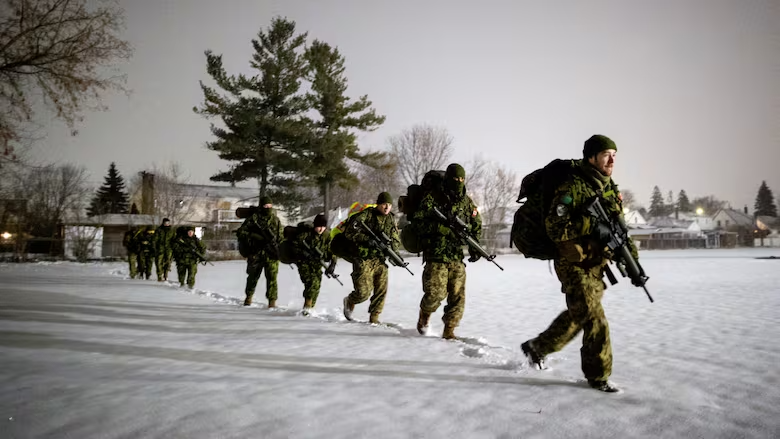
Britain, France, the Netherlands and Germany have all committed to the five per cent goal. NATO nations closer to the borders of Ukraine, Russia and its ally Belarus have also pledged to do so.
But not everyone is yet on board. Spanish Prime Minister Pedro Sánchez said Sunday that Spain reached a deal with NATO excluding it from the new spending target. Like Canada, Spain has long struggled to meet the two per cent target and has rejected the new proposal.
On Tuesday Slovakia’s Prime Minister Robert Fico suggested Tuesday that his country might be better off embracing neutrality. He also released a statement saying the new defence spending target would amount to almost a fifth of the country’s budget, which he called “absolutely absurd.”
Rutte warned Monday that no country can opt out of the target and that progress made toward the new target will be reviewed in four years.
The plan Rutte is expected to put forward at the summit contains some wiggle room to help allies reach that high figure.
It would commit members to spending 3.5 per cent of annual GDP on core defence needs – like jets and other weapons – and 1.5 per cent on defence-adjacent areas like infrastructure, cybersecurity and industry.
NATO set the current two per cent target in 2014, and this year for the first time, all 32 member nations are expected to meet it. In 2014, when the current two per cent target was set, only three NATO members hit the mark – the U.S., the U.K. and Greece.
Canada’s defence spending hasn’t reached five per cent of GDP since the 1950s, and hasn’t been above two per cent since 1990. NATO estimates that Canada spent $41 billion in 2024 on defence, or 1.37 per cent of GDP. In 2014, Canada spent $20.1 billion, or 1.01 per cent of GDP, on defence.
Last year Canada said it would be able to hit two per cent by 2032, but Carney said earlier this month it will happen this year. In Brussels on Monday, he also announced that Canada had formally signed a new defence and security pact with the European Union, that opens the door for defence procurement deals between Canada and European countries.
Anand said that new partnership will expand Canada’s defence industrial base.
Asked if she had any concerns about Trump’s previous disparaging comments about NATO, Anand said the president is engaging with NATO in a “meaningful way.”
Earlier this year, Trump suggested that the U.S. might abandon its commitments to the alliance if member countries don’t meet their defence spending targets.
The main talks in The Hague won’t happen until Wednesday, with mostly bilateral meetings scheduled for Tuesday, as well as a leaders’ dinner.
Carney met Tuesday with leaders from Latvia, the Netherlands, and Nordic nations, the latter of which was to focus on Arctic and transatlantic security.
The prime minister also had an audience with King Willem-Alexander and Queen Máxima of the Netherlands.
Jan Techau, a senior fellow with the transatlantic defence and security program at the Center for European Policy Analysis, said the overall level of ambition in Europe on defence has “massively” increased over the last several years in response to Russian aggression.
“The closer to Russia you are, the more ambitious you are,” he said.
Lauren Speranza, a fellow at the Center for European Policy Analysis, said the NATO summit is coming at a “very precarious moment,” marked by uncertainty about the U.S. commitment to Europe, the grinding conflict between Russia and Ukraine and ongoing tensions over transatlantic trade.
Rutte has insisted that Ukraine remains a vital issue for NATO, despite it being overshadowed this year by new wars in the Middle East and the debate over the defence spending target.
Ukrainian President Volodymyr Zelenskyy is in The Hague for meetings but will not attend Wednesday’s leaders’ meeting.

Meeting with Rutte and top EU officials, Zelenskyy appealed for European investment in Ukraine’s defence industry. Zelenskyy told Sky News this week that Russian President Vladimir Putin could attack a NATO country within five years.
Tension in the Middle East is also front and centre as NATO leaders meet, as the summit is kicking off Tuesday with news of a ceasefire between Israel and Iran.
Carney said in a social media post on Tuesday that Canada welcomed that deal.
“With the reported reduction in Iran’s nuclear capacity, we urge parties to adhere to the ceasefire, return to the table and negotiate a diplomatic resolution,” he said.
“That resolution should lead to a broader de-escalation of hostilities in the Middle East, including a ceasefire in Gaza.”
With files from Kyle Duggan in Ottawa and The Associated Press
Related stories from around the North:
Canada: Canada pledges billions for defence, falls short of NATO’s 2%, CBC News
Denmark: Denmark’s Arctic, North Atlantic focus: Canada among new defence attaché posts, Eye on the Arctic
Finland: Military exercise apparently disrupts weather images from Lapland, Yle News
Norway: Hybrid threat researcher detained in Tromsø on suspicion of being Russian agent, Thomson Reuters
Russia: Newly deployed nuke-bombers at Kola is certainly a signalling, expert says, The Independent Barents Observer
United States: China, Russia among global priorities, including in Arctic, in U.S. security strategy, Eye on the Arctic
